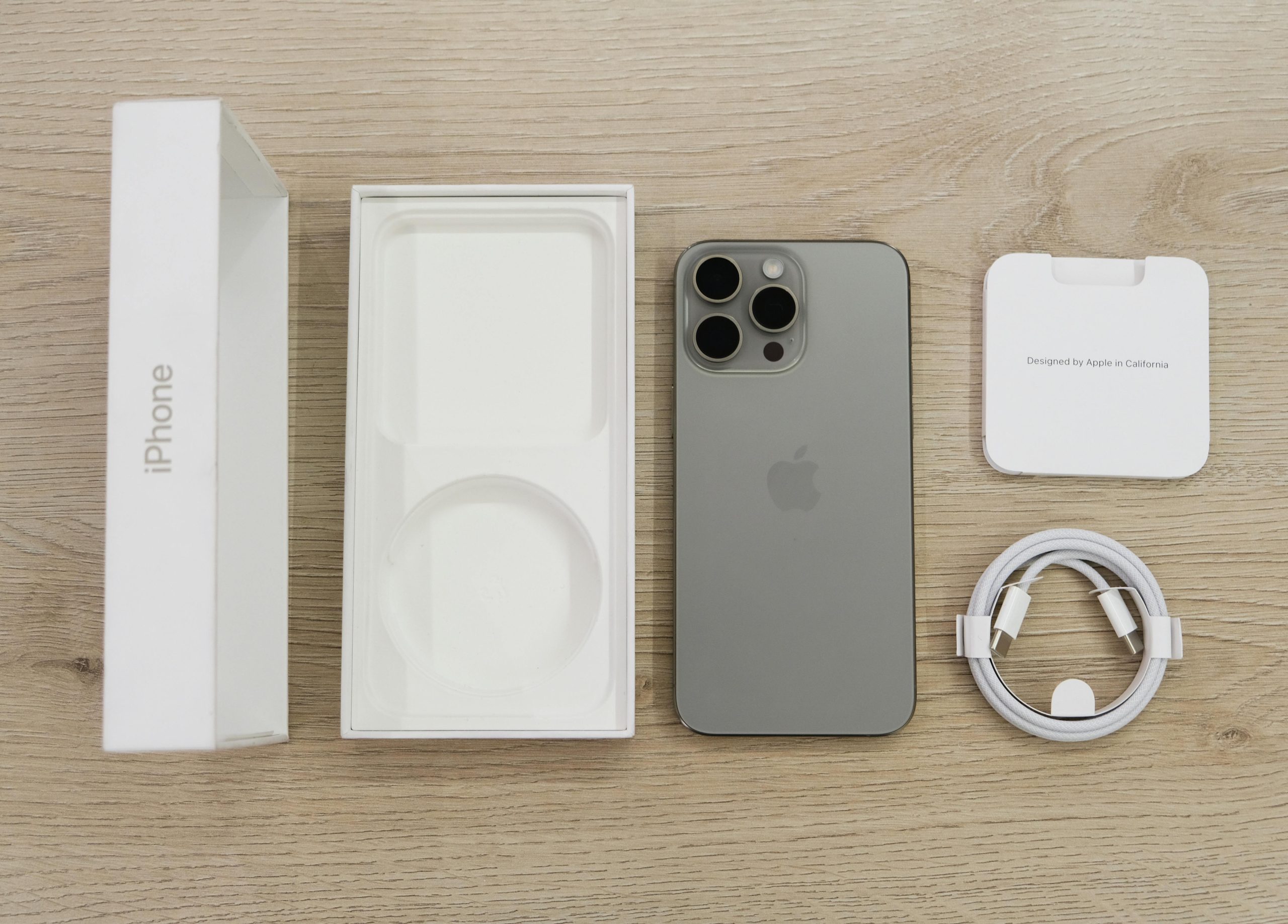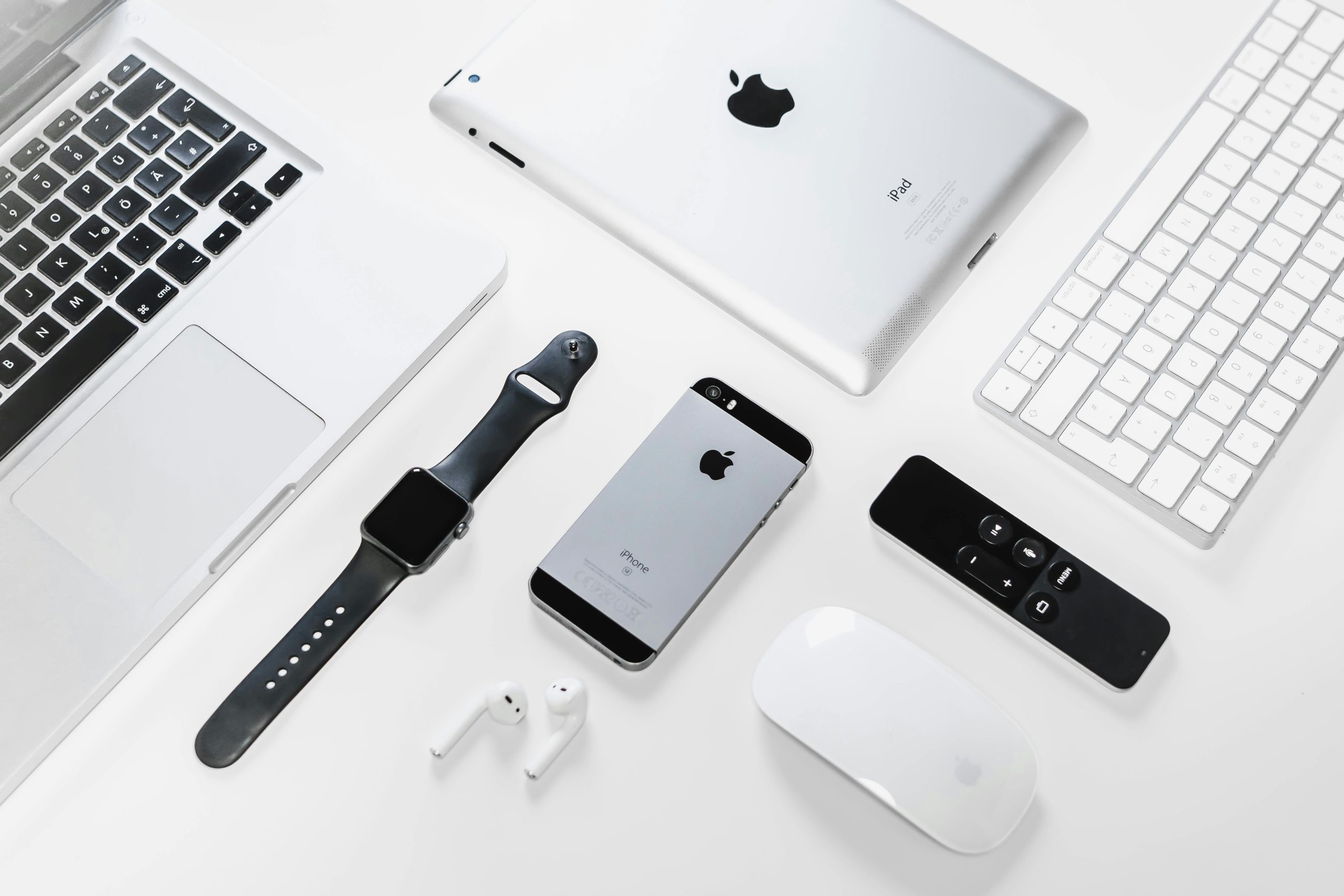How to Change Your Apple ID in 2025: A Comprehensive Guide

Your Apple ID is the key to unlocking the full potential of Apple’s ecosystem, serving as your universal login for services like iCloud, the App Store, Apple Music, and more. As your digital life evolves, so too might your need to update this crucial identifier. Whether you’re moving to a new email address, enhancing security, or consolidating accounts, knowing how to change your Apple ID is essential for a seamless experience. This guide provides a comprehensive, step-by-step approach to changing your Apple ID in 2025, covering various scenarios and devices.
Why Change Your Apple ID?
Several compelling reasons might prompt you to change your Apple ID:
- Inactivity or Compromise: If your current email address is no longer active or has been compromised, changing your Apple ID is a critical security measure.
- Professional or Personal Rebranding: A new email address might better reflect your professional identity or a personal rebranding effort.
- Consolidation of Accounts: If you have multiple Apple IDs, consolidating them into one can simplify management and prevent confusion.
- Switching Email Providers: Migrating to a new email service provider, such as moving from Yahoo to Gmail or ProtonMail, often necessitates an Apple ID update.
- Enhanced Security: Regularly updating your primary email can be part of a broader strategy to maintain robust account security.
Before You Begin: Essential Preparations
Before initiating the process of changing your Apple ID, it’s crucial to prepare to ensure a smooth transition and avoid potential data loss or service disruptions:
- Sign Out of All Apple Services: Log out of your current Apple ID on all your Apple devices, including iPhones, iPads, Macs, Apple TVs, and Apple Watches. This prevents conflicts during the update process.
- Ensure Access to New Email: Verify that you have access to the new email address you intend to use. You will need to verify it by entering a code sent to that address.
- Back Up Your Data: While changing your Apple ID typically doesn’t result in data loss, it’s always a good practice to back up your important data. You can use iCloud Backup or manually back up photos, videos, and documents.
- Note Your Current Credentials: Have your current Apple ID email address and password readily available.
- Two-Factor Authentication (2FA): Ensure that Two-Factor Authentication is enabled for your Apple ID. This is a mandatory security feature for many Apple services and will be crucial for verification during the change process.
How to Change Your Apple ID Email Address
You can change your Apple ID email address through your Apple devices or via a web browser. The process is straightforward and designed to maintain the integrity of your account.
On iPhone or iPad
This is often the most convenient method if you have a trusted Apple device readily available.
- Open the Settings app.
- Tap on your name at the top of the screen to access your Apple ID settings.
- Select Sign-In & Security.
- Tap on Apple ID.
- Tap Edit next to your current email address.
- Tap the minus (-) button next to your current Apple ID email, then tap Delete.
- When prompted, tap Choose Another Email and enter your device passcode if required.
- Enter your new email address and tap Continue.
- Check your new email inbox for a verification code. Enter this code on your device to confirm the change.
Once verified, your new email address will become your Apple ID. You will likely be prompted to sign in again across your devices with your updated credentials.
On Mac or Web Browser
You can also manage your Apple ID through your Mac’s System Settings or directly via Apple’s website.
On a Mac:
- Open System Settings.
- Click on your name or profile photo at the top.
- Select Sign-In & Security.
- Click on Apple ID.
- Enter your new email address and click Change Apple ID.
- Enter your current Apple ID password and click Continue.
- Apple will send a verification code to your new email. Enter this code to finalize the change.
Via Web Browser (appleid.apple.com):
- Open your preferred web browser and navigate to appleid.apple.com.
- Sign in with your current Apple ID credentials.
- Scroll to the Account section and click Edit.
- Click on Change Apple ID.
- Enter your new email address.
- A verification code will be sent to your new email. Enter this code on the website to complete the process.
After verification, your Apple ID email will be officially updated. You’ll need to sign in again with your new Apple ID on all your devices and services.
Changing Your iCloud Email Address
It’s important to distinguish between changing your Apple ID and changing your primary iCloud email address. If your Apple ID is already an iCloud email (e.g., @icloud.com), changing it to a third-party address might require assistance from Apple Support. However, you can manage secondary iCloud email addresses through your Apple ID settings.
- To manage secondary iCloud emails, go to Settings > Apple ID > Contact Info.
- If your primary Apple ID is an iCloud email and you wish to change it to a non-iCloud address, you may need to contact Apple Support directly.
Changing Your Apple ID Phone Number
Your phone number is also a critical piece of information linked to your Apple ID, used for verification and account recovery. You can update this as well:
On iPhone or iPad
- Open the Settings app.
- Tap on your name.
- Tap Sign-In & Security.
- Tap your primary phone number to make changes.
- To remove the current phone number, tap Remove from Account.
- If you wish to change to a different primary phone number, you may be prompted to choose another number associated with your account or add a new one.
- Follow the on-screen instructions to enter and verify your new primary phone number.
On Mac or Web Browser
- Go to appleid.apple.com and sign in.
- Navigate to the Sign-In and Security section.
- Choose Email & Phone Numbers.
- Click the Edit button.
- Next to your phone number, click the “+” icon to add a new number or the “-“ icon to remove an existing one.
- Follow the on-screen prompts to verify your new phone number.
Important Considerations After Changing Your Apple ID
- Sign In on All Devices: After successfully changing your Apple ID, you will need to sign in again with your new credentials on all your Apple devices and services to ensure continuity.
- App Store Purchases: While your purchased apps and content remain associated with your Apple ID, you might need to re-enter your password for some downloads or updates.
- Family Sharing: If you are part of a Family Sharing group, ensure your new Apple ID is correctly reflected to maintain shared purchases and subscriptions.
- Payment Information: Your payment methods remain linked to your Apple ID. Ensure they are up-to-date.
- iMessage and FaceTime: You may need to re-register your phone number or email with iMessage and FaceTime after changing your Apple ID.
Merging Apple IDs
In 2025, Apple has introduced a feature that allows for the migration of certain data between two Apple IDs, simplifying the process for users who have accumulated multiple accounts over time. This feature allows for the transfer of purchases, subscriptions, payment methods, and other data.
- Eligibility: Both accounts must be registered in the same country, and the secondary account should not have a remaining balance.
- Process: On an iPhone or iPad, navigate to Settings > Media & Purchases > View Account > Migrate Purchases.
- Limitations: While this feature consolidates data, it’s important to note that not all data may be transferable, and the secondary account can no longer be used for purchases after migration.
Deleting Your Apple ID
If you decide to leave the Apple ecosystem entirely, you have the option to permanently delete your Apple ID. This is a significant decision that will result in the loss of all associated data and access to Apple services.
- Preparation: Before deletion, back up all your data, deauthorize all devices linked to your Apple ID, and cancel any subscriptions.
- Process: Visit Apple’s Data and Privacy website (privacy.apple.com), sign in with your Apple ID, and request account deletion.
- Consequences: Deleting your Apple ID will permanently remove all your data, including photos, documents, purchases, and access to services like iCloud, the App Store, iMessage, and FaceTime.
Security Best Practices for Your Apple ID
Maintaining the security of your Apple ID is paramount. Here are some best practices for 2025:
- Strong, Unique Passwords: Use a complex password that includes a mix of uppercase and lowercase letters, numbers, and symbols. Avoid using personal information or reusing passwords across different accounts. Consider using a password manager.
- Two-Factor Authentication (2FA): Ensure 2FA is enabled for your Apple ID. This adds a critical layer of security by requiring a second verification step.
- Recovery Contact and Key: Set up a recovery contact and consider generating a recovery key for enhanced account recovery options.
- Regularly Update Devices: Keep your iOS, iPadOS, and macOS software up to date to benefit from the latest security patches and features.
- Beware of Phishing: Be vigilant against phishing attempts. Never click on suspicious links in emails or text messages, and never share your Apple ID password or verification codes with anyone. Apple will never ask for this information.
- Stolen Device Protection: Enable Stolen Device Protection on your iPhone for an added layer of security when your device is away from familiar locations.
By following these guidelines, you can confidently manage and secure your Apple ID in 2025, ensuring a safe and uninterrupted experience with all your Apple devices and services.










